|
31st August 2021 We're at The Sovereigns in Woking with the Woking Gaming Club for some Tuesday evening gaming. The first game of the night was Raids. Raids is a game about Vikings going around doing what they do, which is raiding and pillaging. What? You say, that's a cliché and Vikings were also explorers, traders, craftsmen and so on, well this game is called Raids, so raiding and pillaging it is; and all for glory! What's in a game?
Artwork on the game board is nice and colourful and the longship board are also good, the art on the voyage tiles is a little drab, a little more colour would make them pop but it's only a very minor quibble. There isn't too much iconography in the game and mostly it's very clear what it means. All-in-all, excellent, top notch production values for Raids. How's it play? Setup
Raids is played over 4 voyages which each involve journeying around the game board. During these voyages, the players will stop at the randomly placed voyage tiles and deal with those encounters.
Endgame Play continues until all players have completed the 4th voyage, then scores are calculated. Players can earn Glory points from a number of sources. Pennant tiles on a player's Longship earns straight up Glory points. Hammer tiles on a Longship earn points per Viking also on the Longship. Goods tiles that have been traded earn Glory Points. Sets of Rune tiles collected earn points accordingly. Monsters defeated earn points. Finally, cash accumulated during the game earn Glory points on a 1-to-1 basis. All points are tallied, Highest score wins. Overall
Travelling around the map, players will faced with a central choice on deciding how far to move their Longship? Should a player move slowly to encounter more tiles or rush ahead to a tile they really want? This is of course contextual and players will have to identify what they need and prioritise accordingly. They'll also have to keep an eye out for the behaviour of other players and want to gauge their motivations. The rule where players can only collect tiles at the start of their turn slots into this nicely, possibly allowing other players to fight for the tile and keeping the situation tense. A worker placement game that allows workers to drive off other workers! I also like how the Longship board works, merging aesthetics and mechanics. It's a great visual representation of what players are carrying and crew limitations. The game is in essence a mid-to-light worker placement game with a touch of auctioning and resource management mechanics. Raids fits its Viking theme reasonably well as players sail around, trading and plundering while battling mythic beasts and each other. Having said that, I found the game a little unengaging, maybe a little too abstract. I could sail pretty much anywhere I wanted with generally minimal risk, it never felt like epic adventuring. Combat was fairly rare, mostly players didn't complete too much for the same resources but it felt bland, a quick glance at other player's Viking meeples will tell you if you can be beat them or not and at what cost. I'm also a little uncertain of how much replayability Raids has. Even though it has random placement for the encounter tiles, because they're not really interdependent on each other, it felt like it didn't matter the order in which you might encounter them, especially since I could sail as far as I wanted. I don't think Raids is a bad game, if someone wanted to play it, I'd have no problem joining in (But not too often!), but it's not a game I'd pick.
0 Comments
Leave a Reply. |
AuthorI play, I paint. Archives
March 2024
Categories
All
|

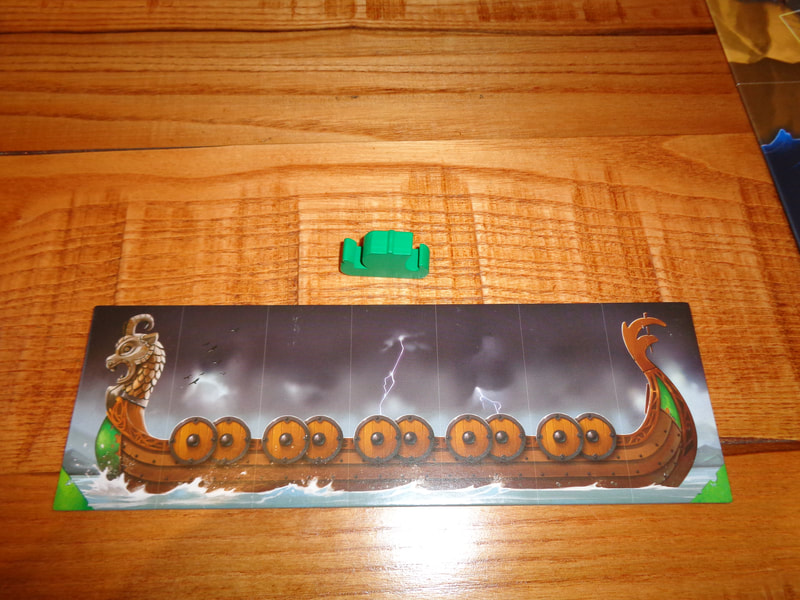
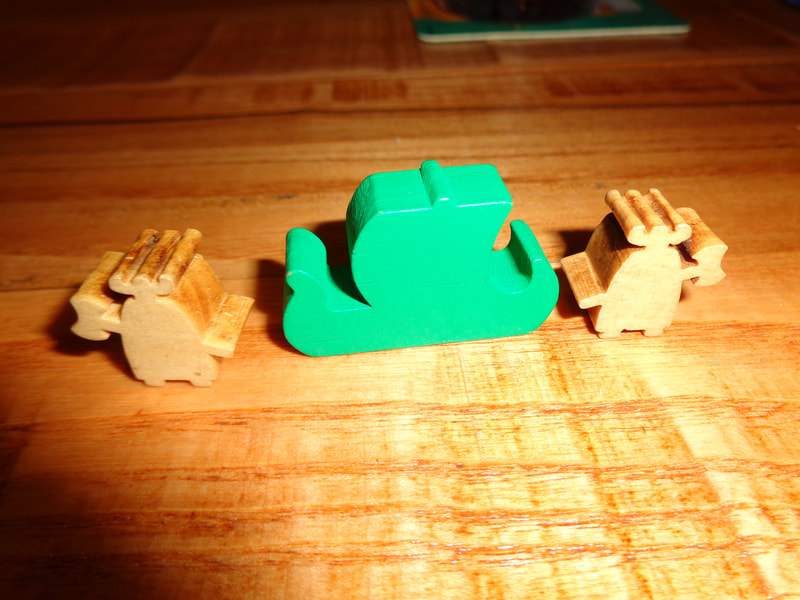
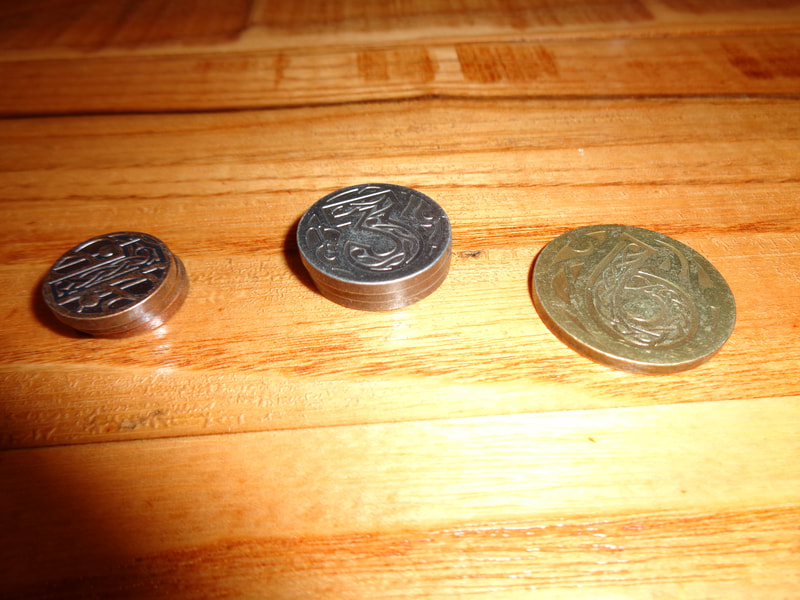
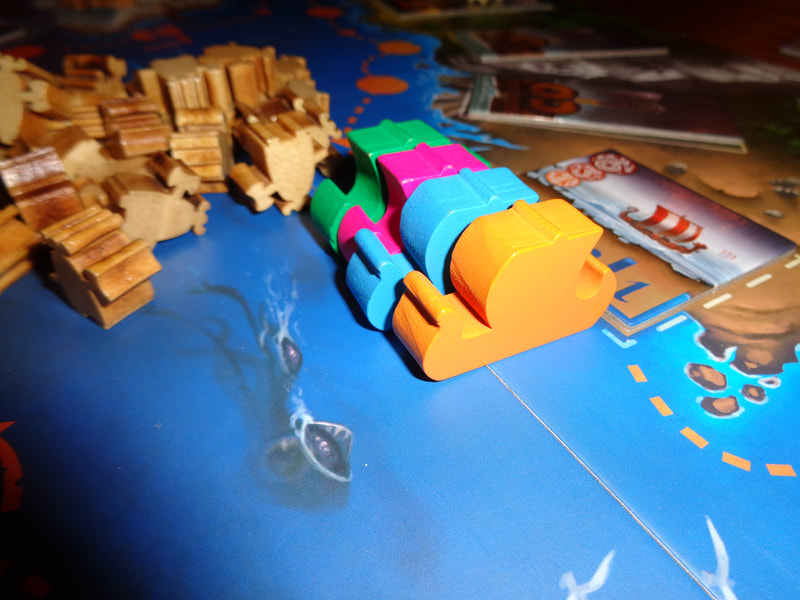
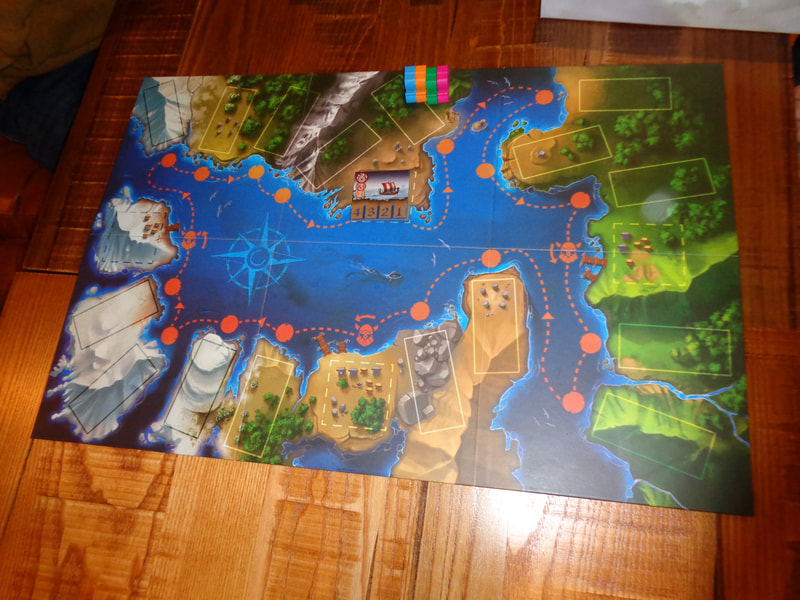
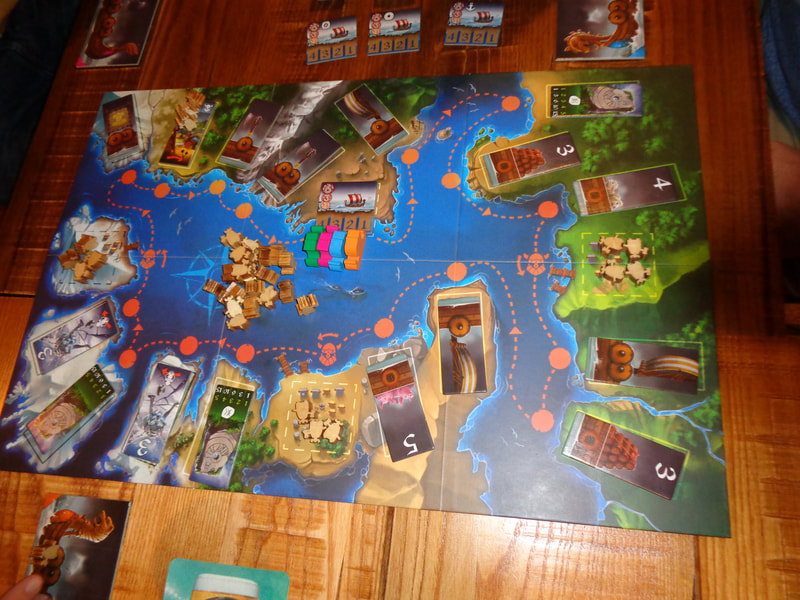
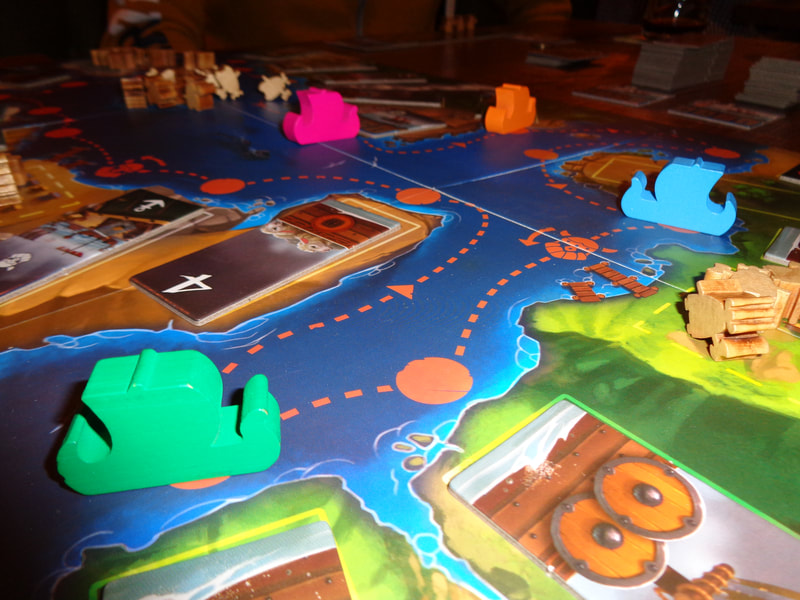
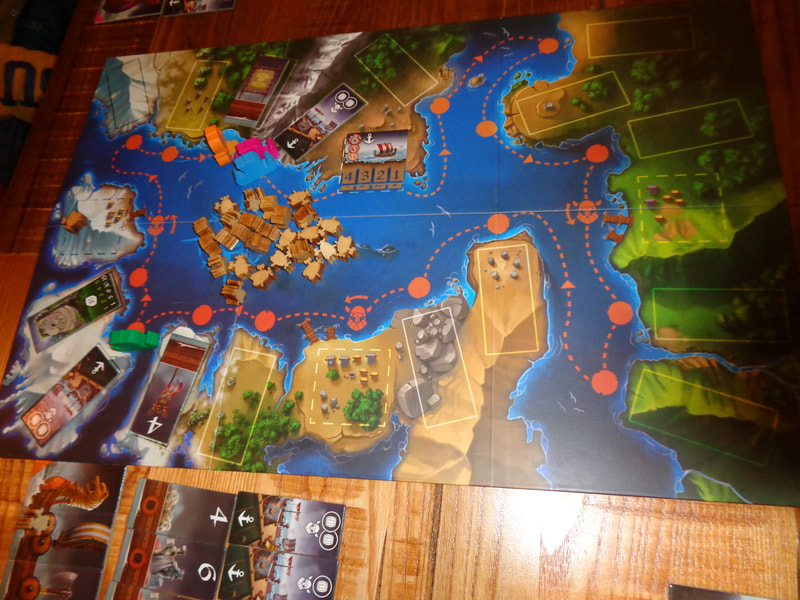
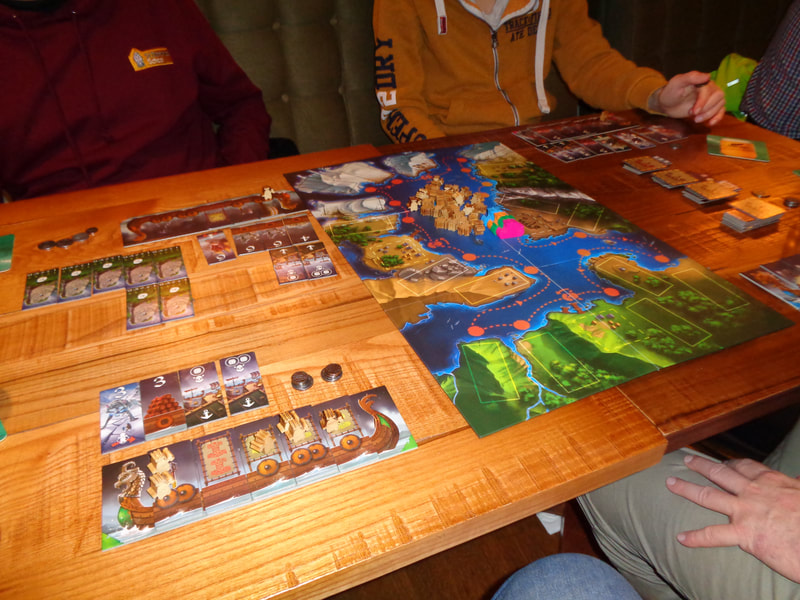
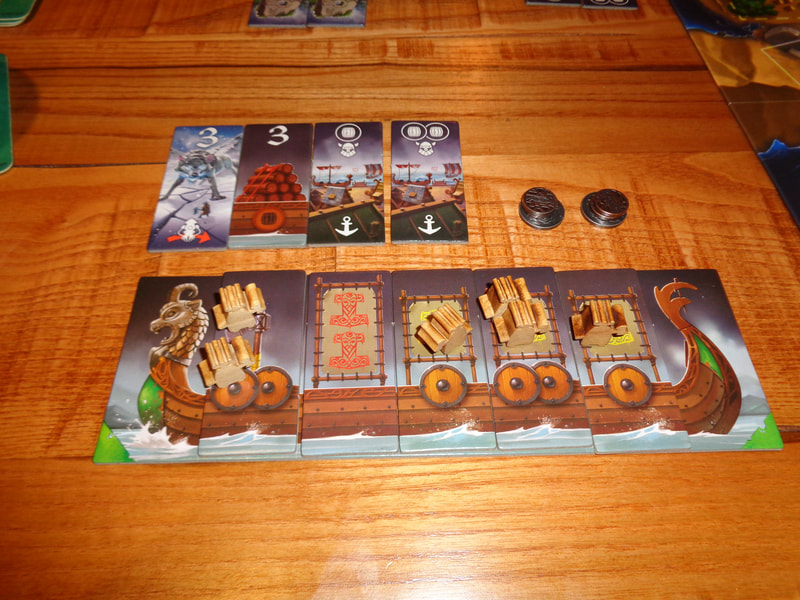
 RSS Feed
RSS Feed
